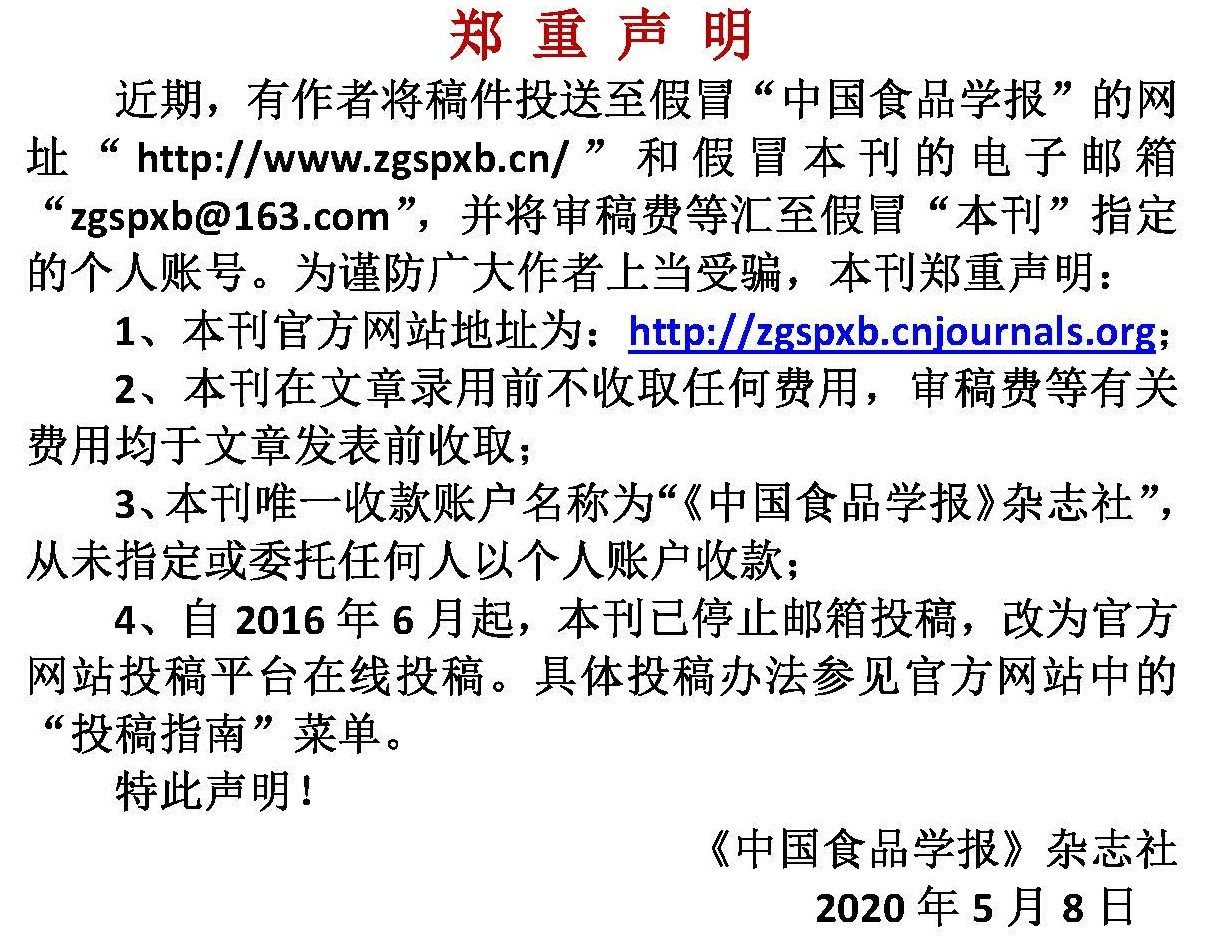不同冻结方式对手抓羊肉微观结构、水分迁移及品质的影响
作者:
作者单位:
(宁夏大学食品与葡萄酒学院 银川 750021)
作者简介:
通讯作者:
中图分类号:
基金项目:
国家重点研发计划项目(2018YFD0400101)
Effect of Microstructure, Water Distribution and Quality Changes of Hand Grab Mutton with Different Freezing Methods
Author:
Affiliation:
(School of Food and Wine, Ningxia University, Yinchuan 750021)
Fund Project:
引用本文
毕永昭,罗瑞明.不同冻结方式对手抓羊肉微观结构、水分迁移及品质的影响[J].中国食品学报,2023,23(10):146-156
复制分享
文章指标
- 点击次数:
- 下载次数:
- HTML阅读次数:
历史
- 收稿日期:2022-10-14
- 最后修改日期:
- 录用日期:
- 在线发布日期: 2023-12-04
- 出版日期:
文章二维码

版权所有 :《中国食品学报》杂志社 京ICP备09084417号-4
地址 :北京市海淀区阜成路北三街8号9层 邮政编码 :100048
电话 :010-65223596 65265375 电子邮箱 :chinaspxb@vip.163.com
技术支持:北京勤云科技发展有限公司
地址 :北京市海淀区阜成路北三街8号9层 邮政编码 :100048
电话 :010-65223596 65265375 电子邮箱 :chinaspxb@vip.163.com
技术支持:北京勤云科技发展有限公司
